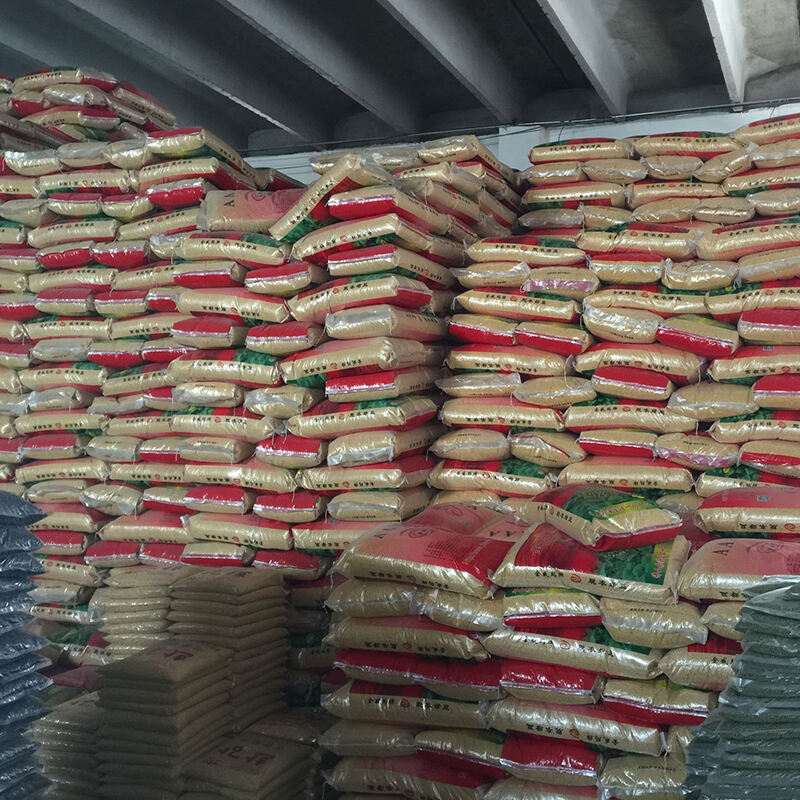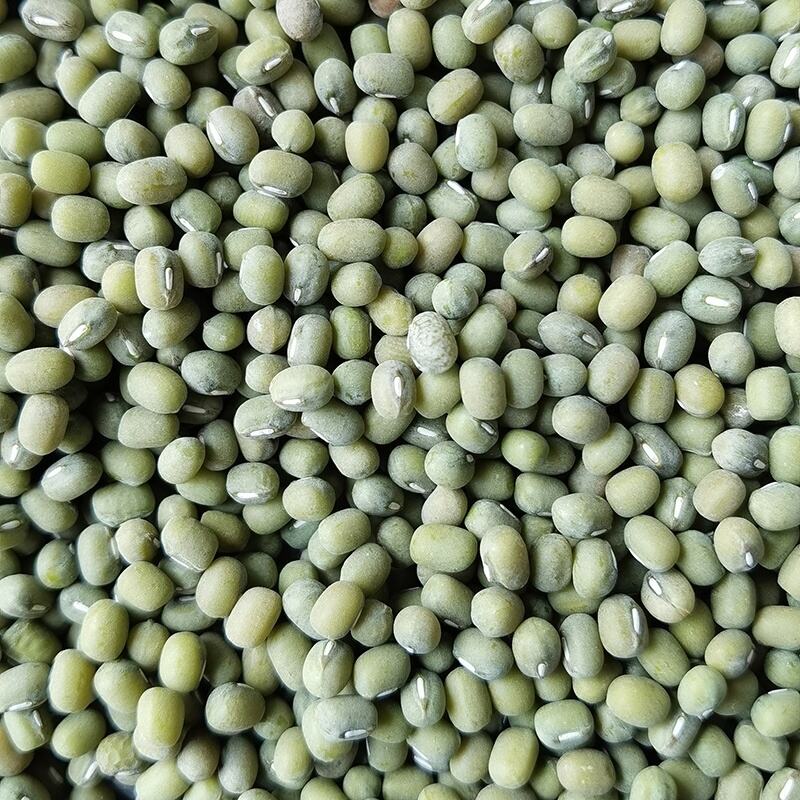mung bean price
Mung bean price analysis represents a crucial aspect of agricultural commodities trading, offering valuable insights into market dynamics and economic factors. These small, green legumes, widely cultivated across Asia, have become increasingly important in global food markets. The price of mung beans fluctuates based on various factors, including production volumes, weather conditions, export regulations, and international demand. Modern technological platforms and market analysis tools now enable real-time tracking of mung bean prices, helping traders, farmers, and buyers make informed decisions. The pricing mechanism typically considers factors such as quality grades, processing levels (whole or split), and organic certification status. Advanced supply chain management systems have made it possible to monitor price variations across different regions and seasons, providing comprehensive market intelligence. Trading platforms now incorporate historical price data analysis, seasonal patterns, and predictive modeling to forecast future price trends. This technological integration has transformed mung bean price assessment from a local consideration to a global market indicator, reflecting broader agricultural commodity trends and food security concerns.


